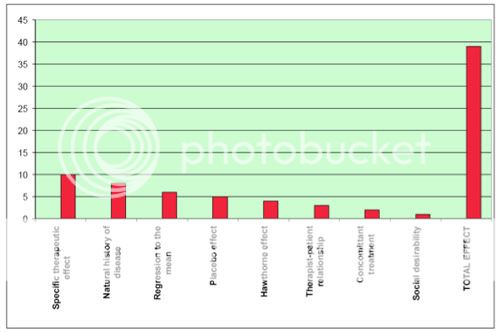Thanks for the link, Dolphin! Something I find interesting is in the Adverse Events section (pages 65-66). Aside from being dead or in immediate danger of dying, the only other severe adverse event (SAE) requires 4 weeks of being incapacitated. This seems rather ridiculous, considering that specific crashes rarely last more than a couple weeks, and are likely to be recurring as soon as exercise is attempted again, making them a serious side-effect for people chronically disabled by them.
And the example for the related non-serious adverse event (the only alternative to having a SAE) is "Transient exacerbation of fatigue or pain ...which does not have significant impact upon function." Followed by a footnote that seems to be referring to "death" as a significant impact upon function

If I understand what I've read on here, not much data has been released regarding adverse events (or the details of the study in general). When/if it does come out, I bet it's going to 1) put everything that didn't cross the threshold for a SAE into the non-serious category, and 2) strongly imply that all non-serious adverse events are equivalent to having no significant impact on function.
Basically I think they included that "insignificant" example for that exact reason. The other non-serious adverse events are still significant (new mood/sleep/anxiety disorders or injury), but making the threshold for PEM insignificant means that there is no specific acknowledgment of the PEM crash. Either participants had PEM for a month, or their PEM will be put into the same category with "does not have a significant impact on fuction." I'd be very surprised if they make any distinction between "I felt a bit tired and sore after that walk" and "I was bedbound for 3.5 weeks."

